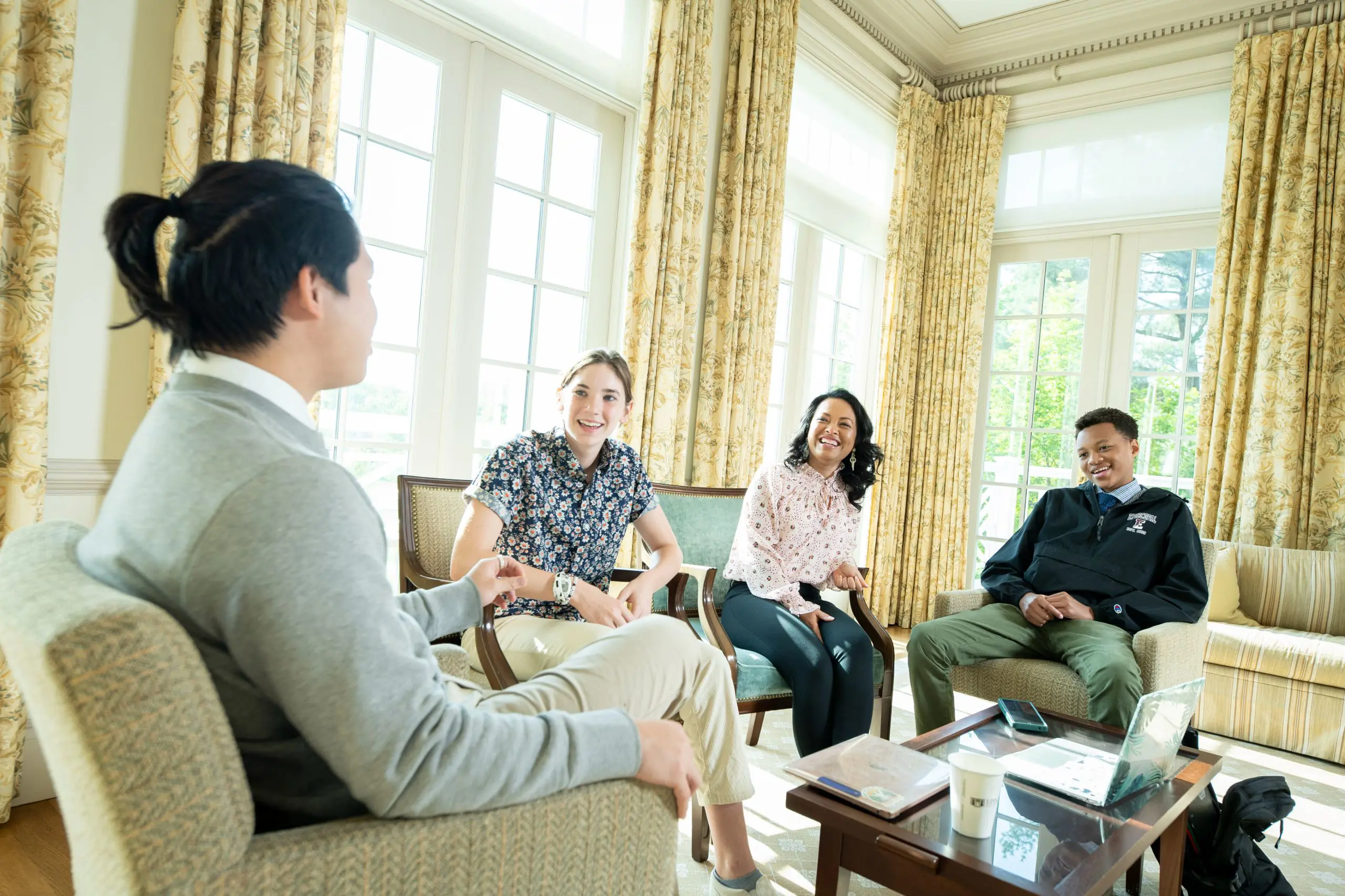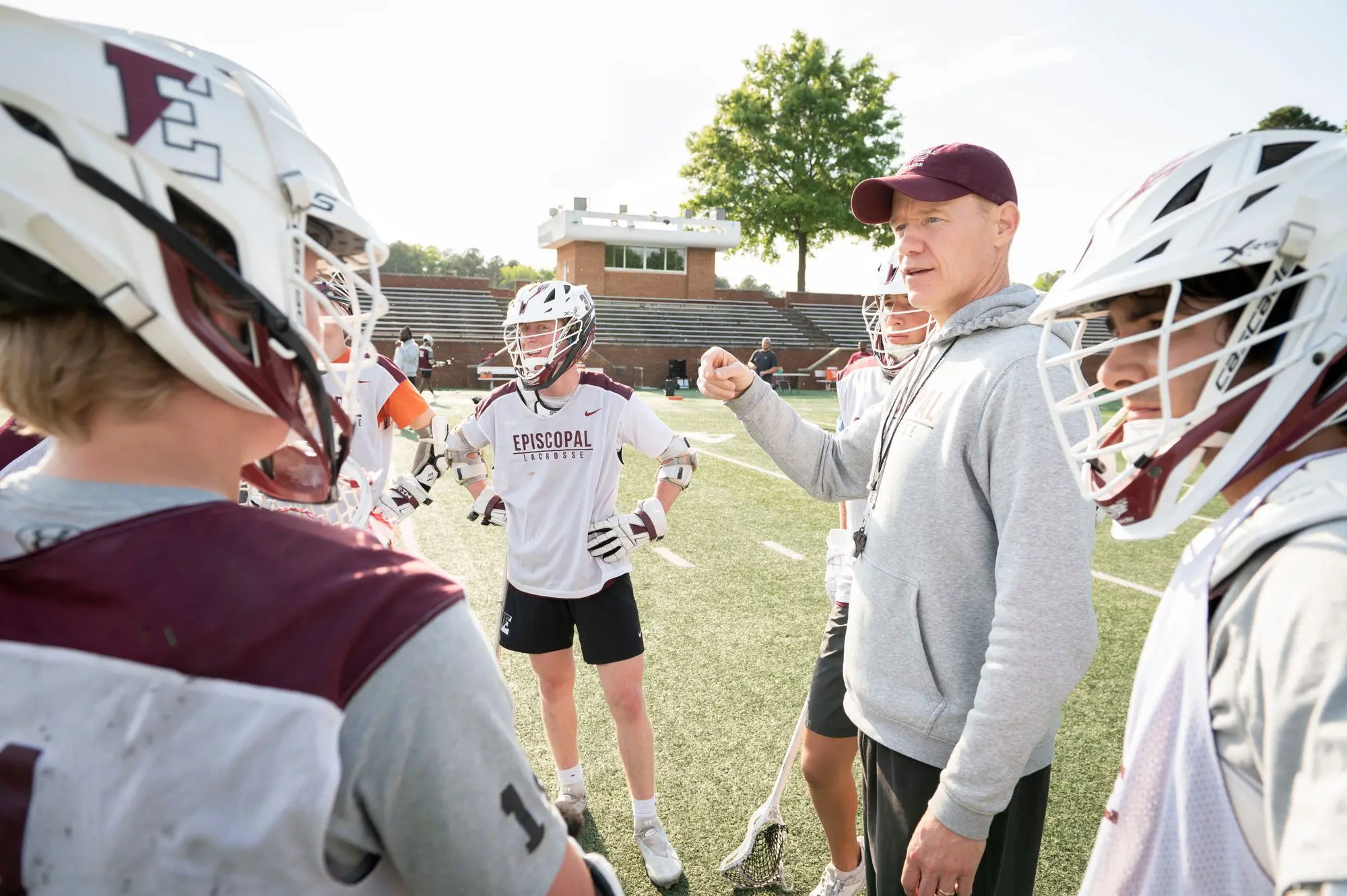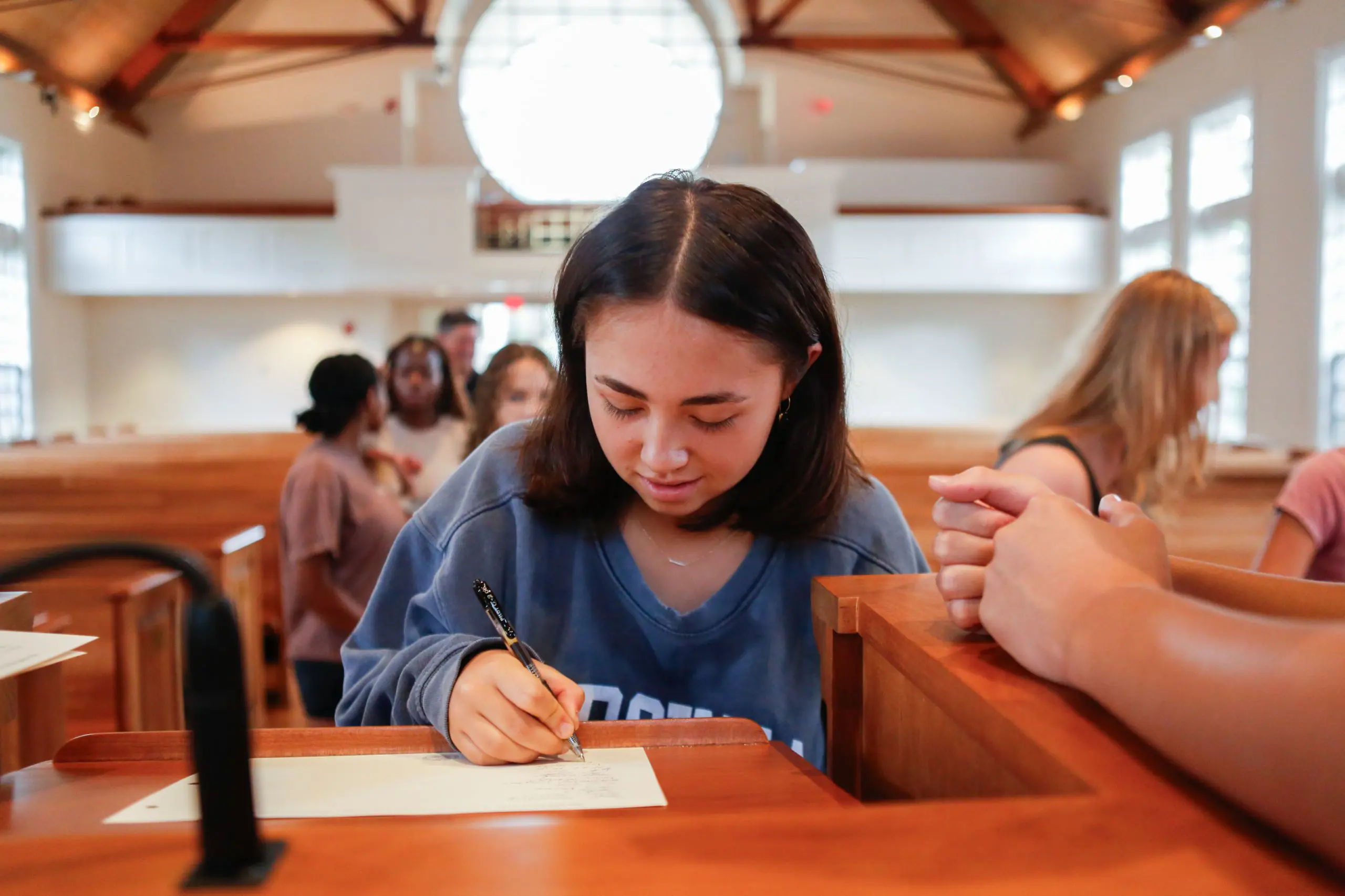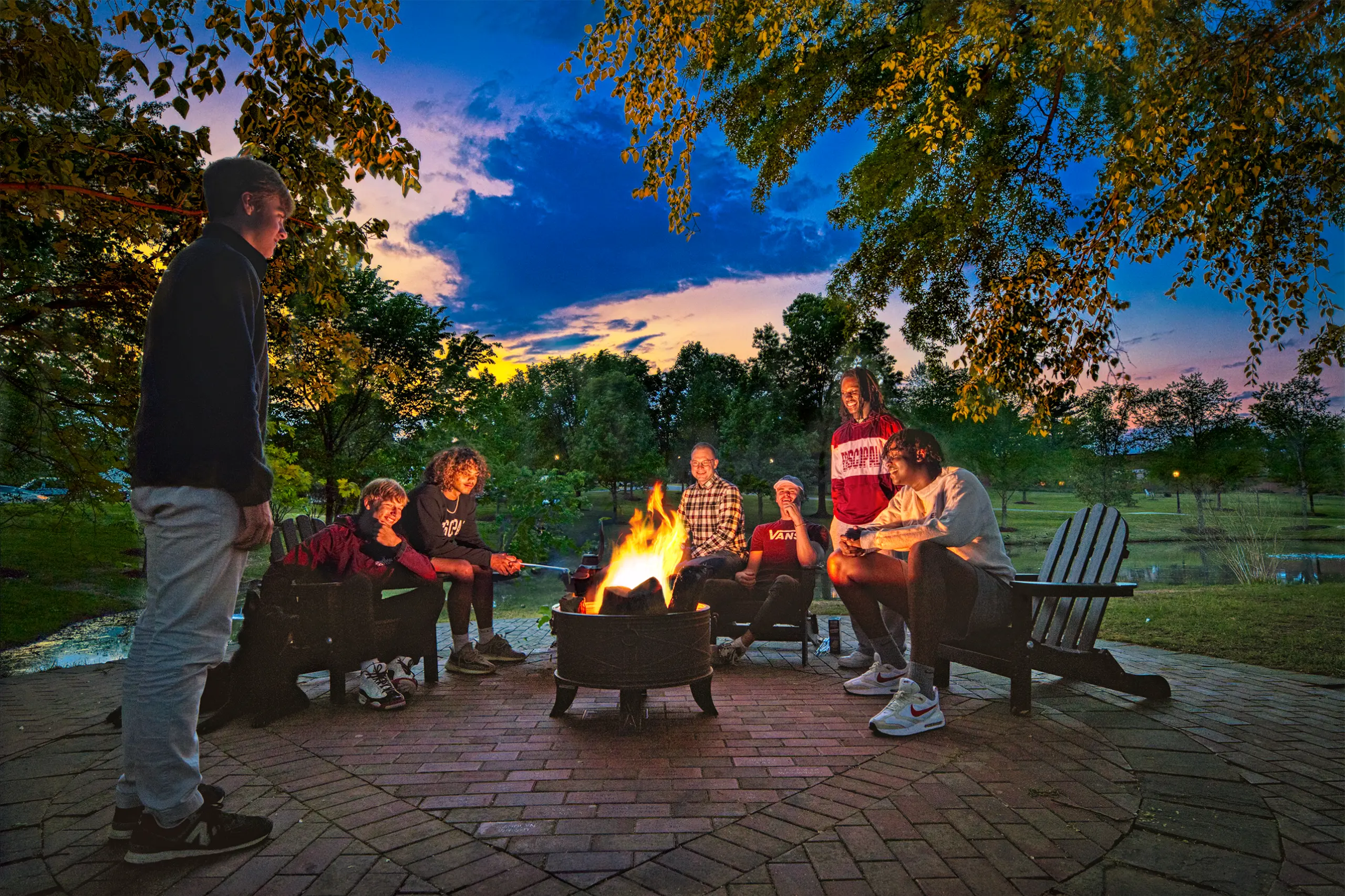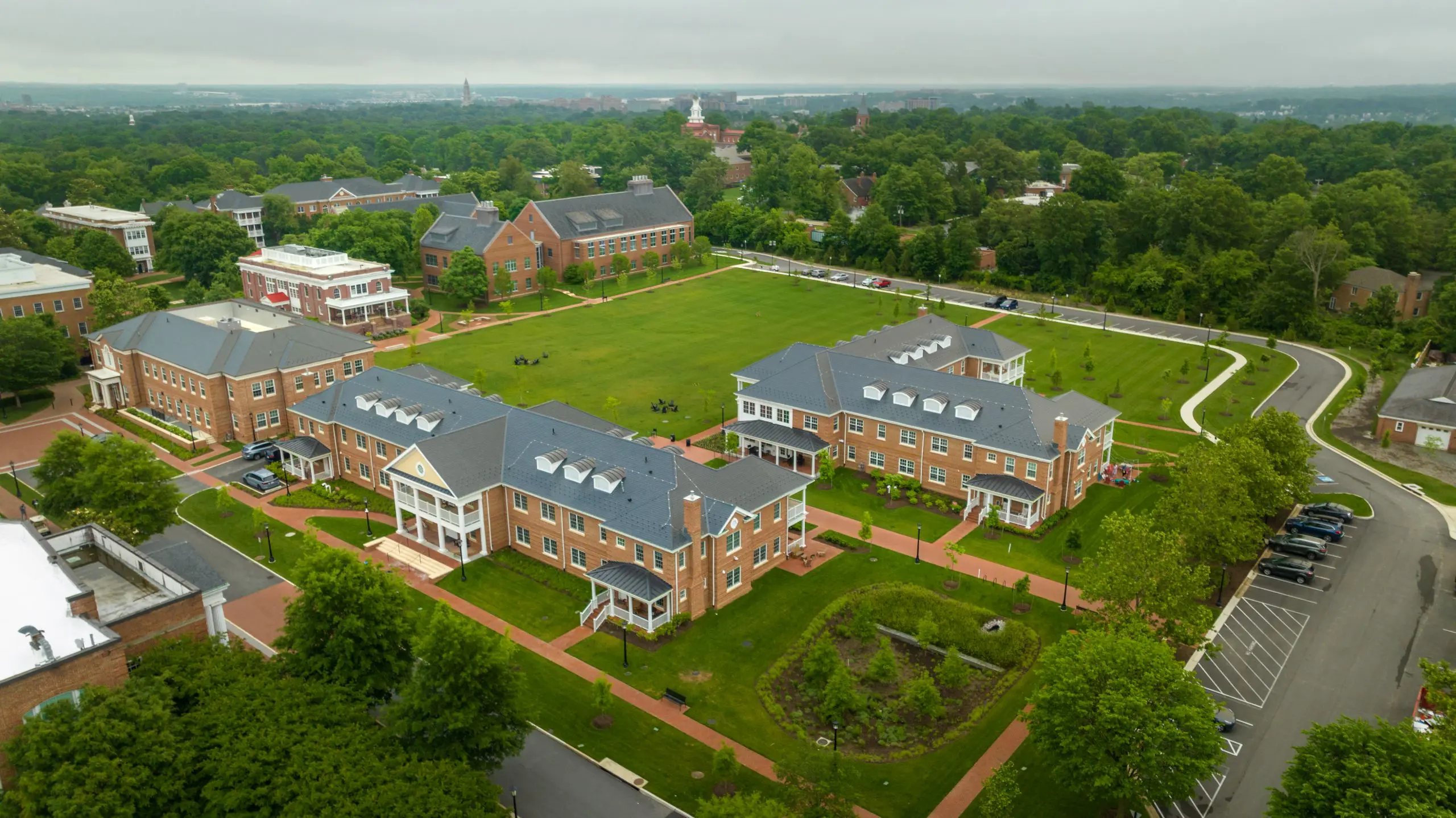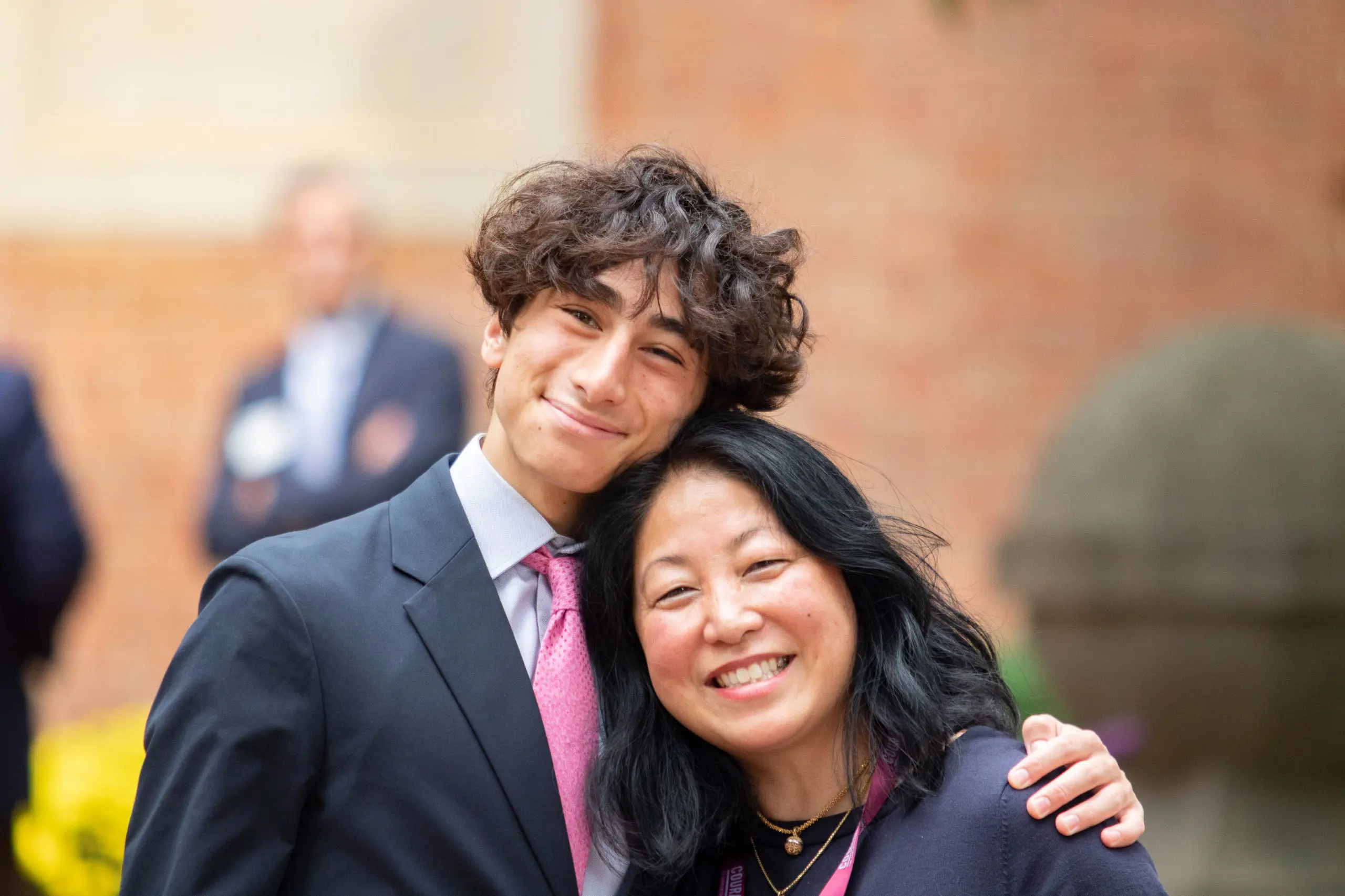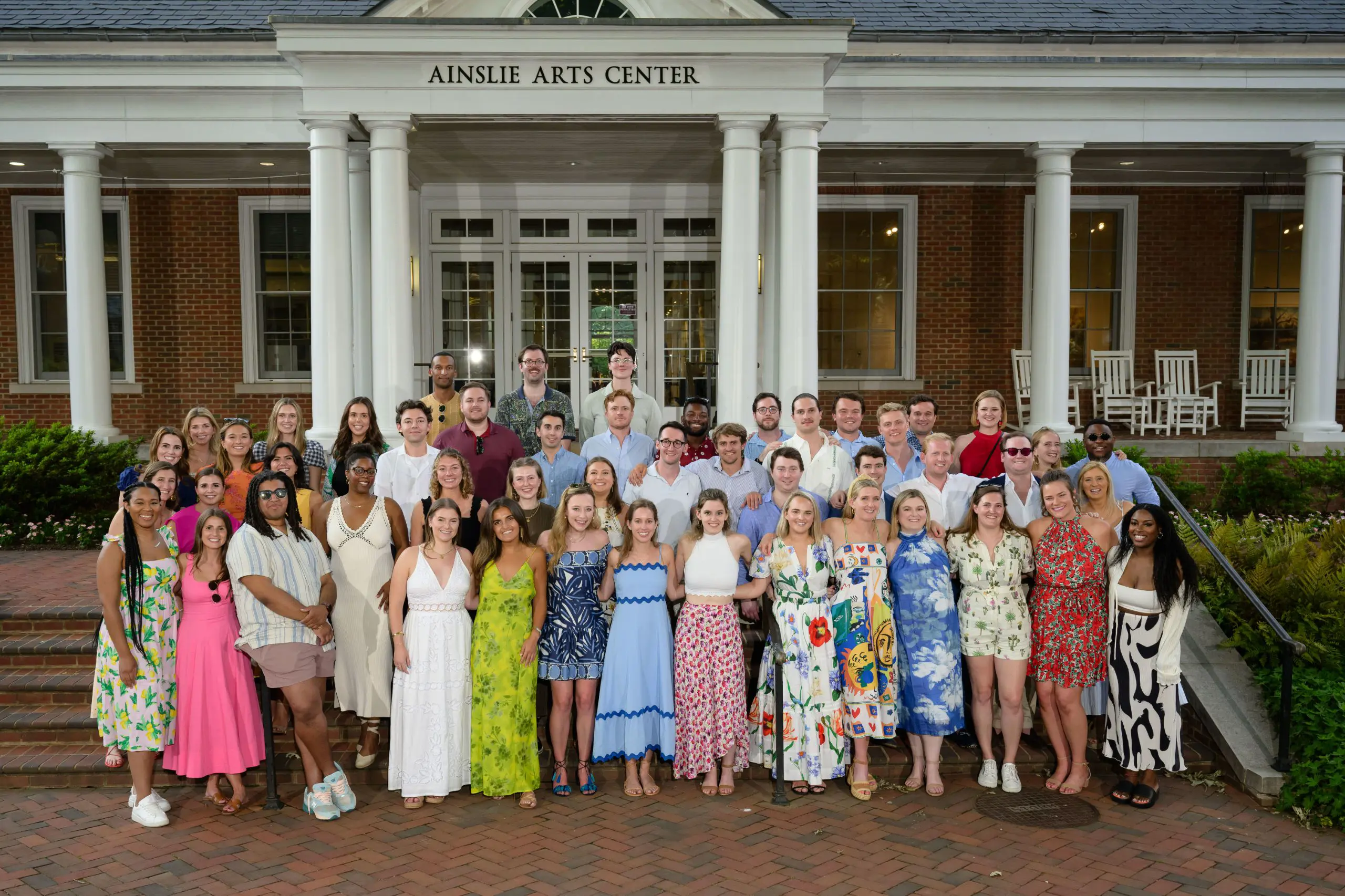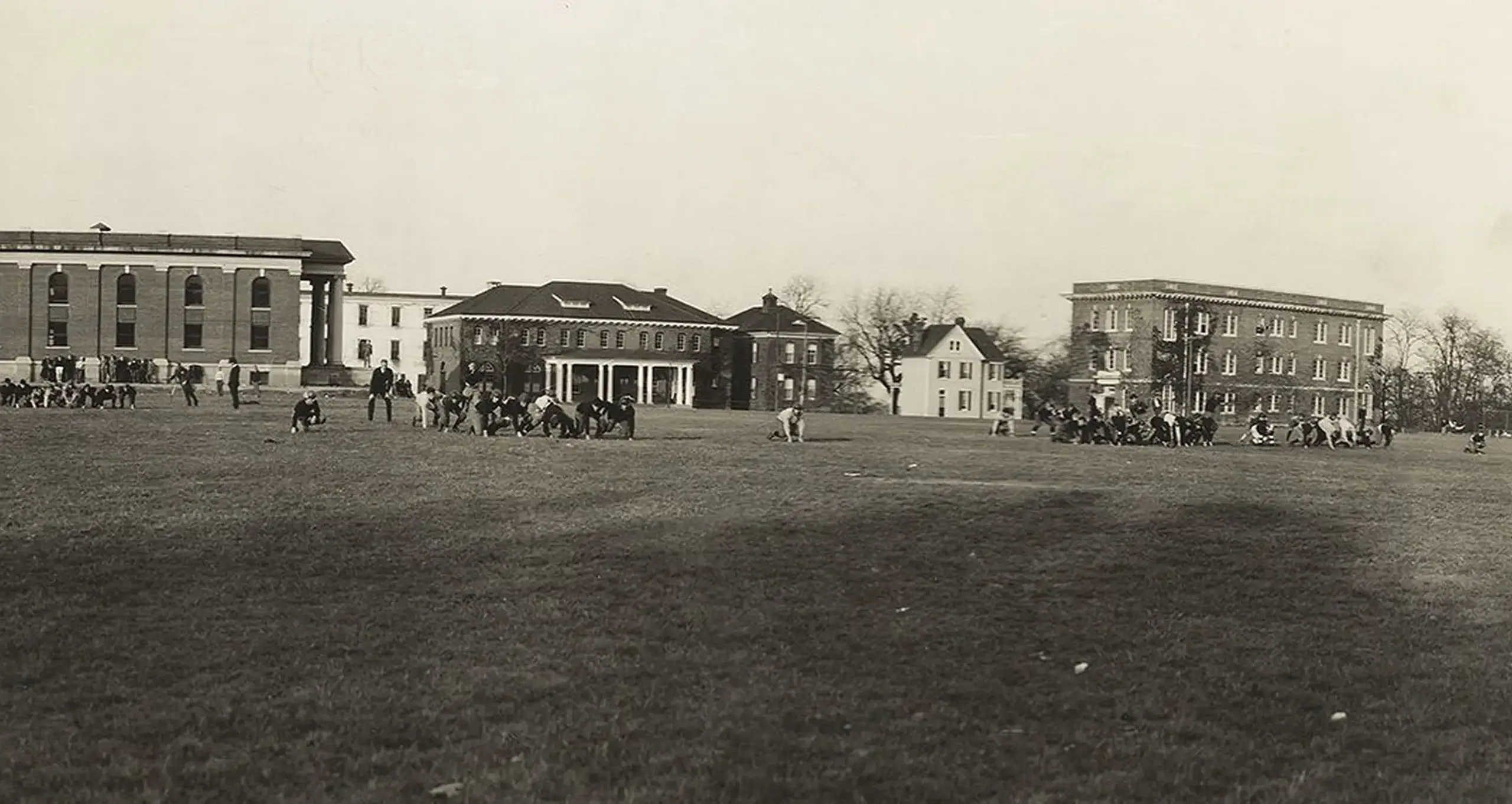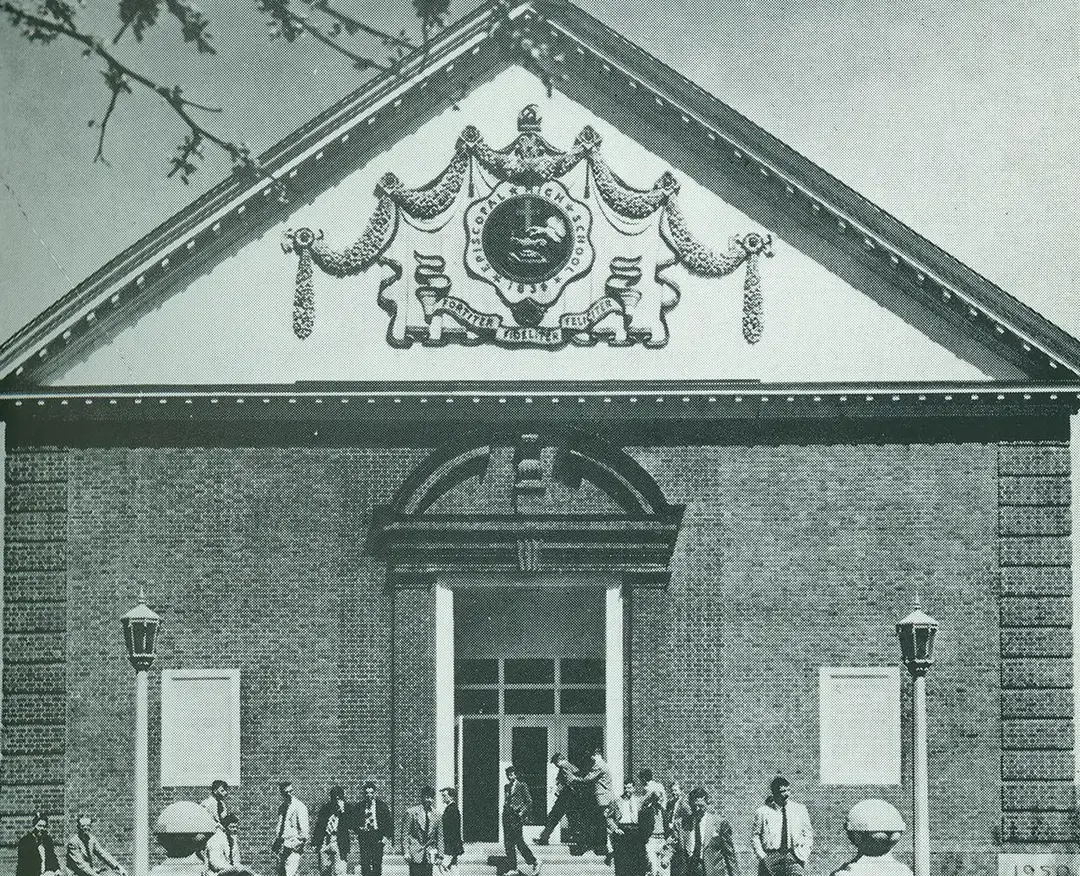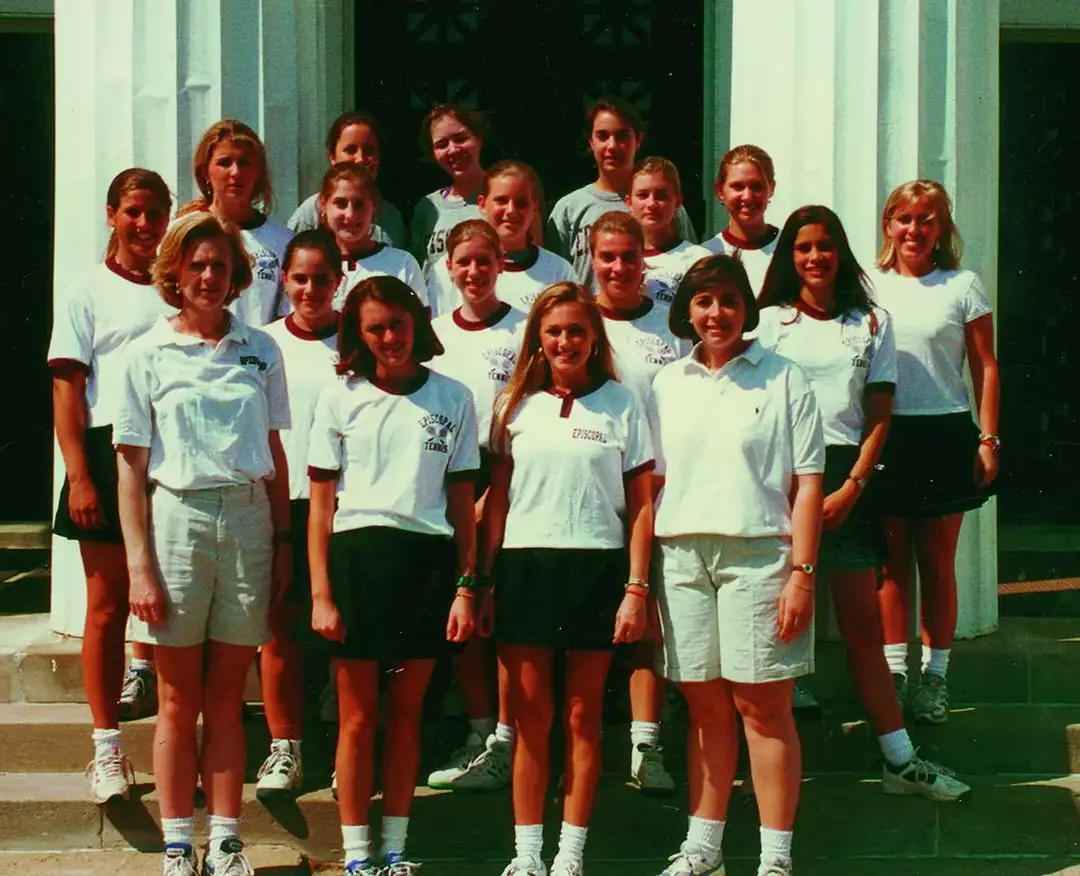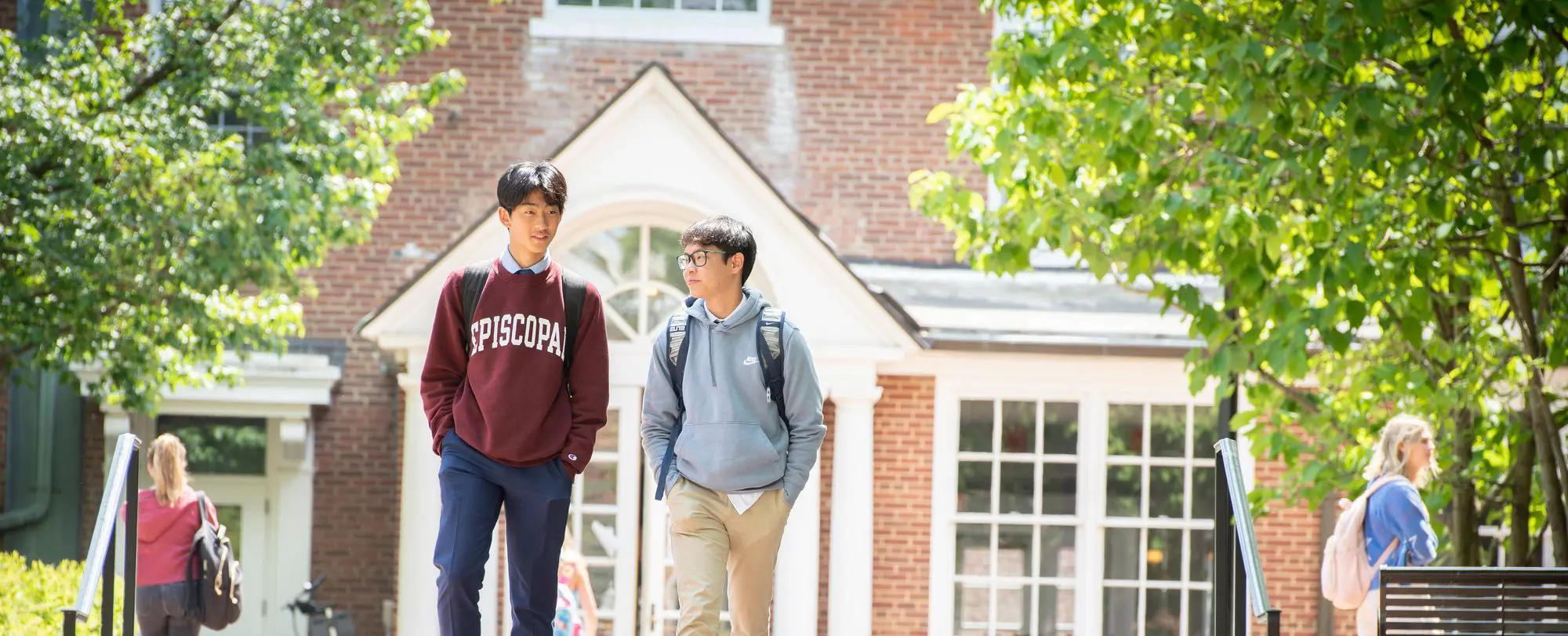Spanning Three Centuries
In 1839, Episcopal High School opened its 100-acre campus just west of the colonial port of Alexandria, Va., to 35 eager young men. Established by the Episcopal Diocese of Virginia, the new school was shaped by the vision of William Meade, Episcopal Bishop of Virginia, who sought to create a school combining classical liberal arts education with a commitment to spiritual life and religious study in a setting where students would be treated like an extension of the principal's family. Episcopal and the neighboring Virginia Theological Seminary were governed by the same board of trustees, appointed by the Diocese, from 1839 until 1923, at which time the School became an independent institution.
Since its founding the School has not only survived but flourished in the face of more than 180 years of historic and challenging events: the Civil War, two world wars, the Great Depression, and sweeping social movements, to name only a few. Throughout our history, we have steadfastly maintained clarity of purpose, endeavoring to prepare young people to become discerning individuals with the intellectual and moral courage to lead principled lives of leadership and service to others.
One year after its opening, Episcopal added a three story "school building" to the home originally built by George Washington’s step-granddaughter, Eliza Custis, in 1806, known today as Hoxton House. Over the next two decades, Episcopal's student body tripled in size to accommodate more than 100 boys.
Our Honor Code
|
As we have worked to learn more about our early history, we have a more clear understanding of how the omnipresent reality of slavery in antebellum Virginia impacted life on our campus. We now know that Episcopal’s early leaders relied on the labor of enslaved people to establish and operate the School in its first decades. In our research we have identified the names of at least 36 men, women, and children who played an indispensable role in establishing and maintaining the School in its first 23 years. Our research into Episcopal’s pre-civil war history is ongoing and we are committed to learning as much as possible about, and honoring, these individuals and others, yet to be discovered. Learn more about these ongoing efforts and the Board of Trustees' 2022 Resolution to address the findings here.
The School closed at the onset of the Civil War and the buildings of The High School and The Seminary were converted into a large hospital complex for the United States Army. The School reopened in 1866. Under the direction of Launcelot Minor Blackford (Principal, 1870-1913), Episcopal initiated a modern academic curriculum and pioneered interscholastic team sports in the South, including football, baseball, and track and field. Recognizing the need to improve its facilities, the School also undertook an aggressive building program that formed the foundation for the present-day campus. Also under Blackford’s leadership, EHS enrolled its first international students in the 1890s. Theodore Wong and Williams Yen were among several young men from China who found their way to EHS through connections with Episcopalian missionaries. In 1901 Episcopal and the Woodberry Forest School played football for the first time initiating one of the longest secondary school rivalries in the country. Known by both schools as “The Game,” the annual contest attracts thousands of alumni and friends of both schools.
Archibald "Young Flick" Hoxton Jr. ’35 became Head of School in 1967 and the next year oversaw the integration of African American young men into the student body. Young Flick secured the support to add considerably to the athletic and academic facilities of EHS by adding a sports stadium and learning center that includes our modern library and math and language classrooms. Throughout these many years under the guidance of Mr. Blackford and three generations of Hoxtons and through the School of today, one key attribute of the School's success has been its ability to attract outstanding faculty members who inspire the students intellectually and who build strong caring relationships that enable the students to develop strength of character. Faculty members have dedicated lengthy careers in service to their students and the School with Patrick Henry Callaway's remarkable seventy year career from 1916 to 1988 being the most impressive example. Alumni often remark about the impact that the teachers here made on their lives and their development as leaders. Senator John McCain ’54 often mentioned the key role that English teacher William Bee Ravenel played in his early development, and he kept a picture of Mr. Ravenel with his family pictures in his Senate office.
In 1968, the School’s first two African American students enrolled, thanks to the generosity of the Stouffer Foundation which assumed an active role in the recruitment and placement of African American students in prep schools across the South. The enrollment of Regi Burns ’72 and Sam Paschall ’72 fulfilled this 1965 resolution by the Board: “Any and all applicants for admission shall be considered on an equal basis after giving due regard to their scholastic preparedness and their ability and desire to meet the standards of the School.” Since then, Episcopal has continually become more diverse. The history of Episcopal's integration, filmed and produced by Luke David ’93, debuted on November 9, 2018, as part of Episcopal's commemoration of the School's integration in 1968.
Episcopal has many accomplished alumni among its ranks, including Rhodes Scholars, Pulitzer Prize winners, Wall Street financiers, college presidents, actors, musicians, clergymen, and statesmen, including congressmen, governors, and ambassadors.
Contact the EHS Archivist with questions or information about historical donations.


